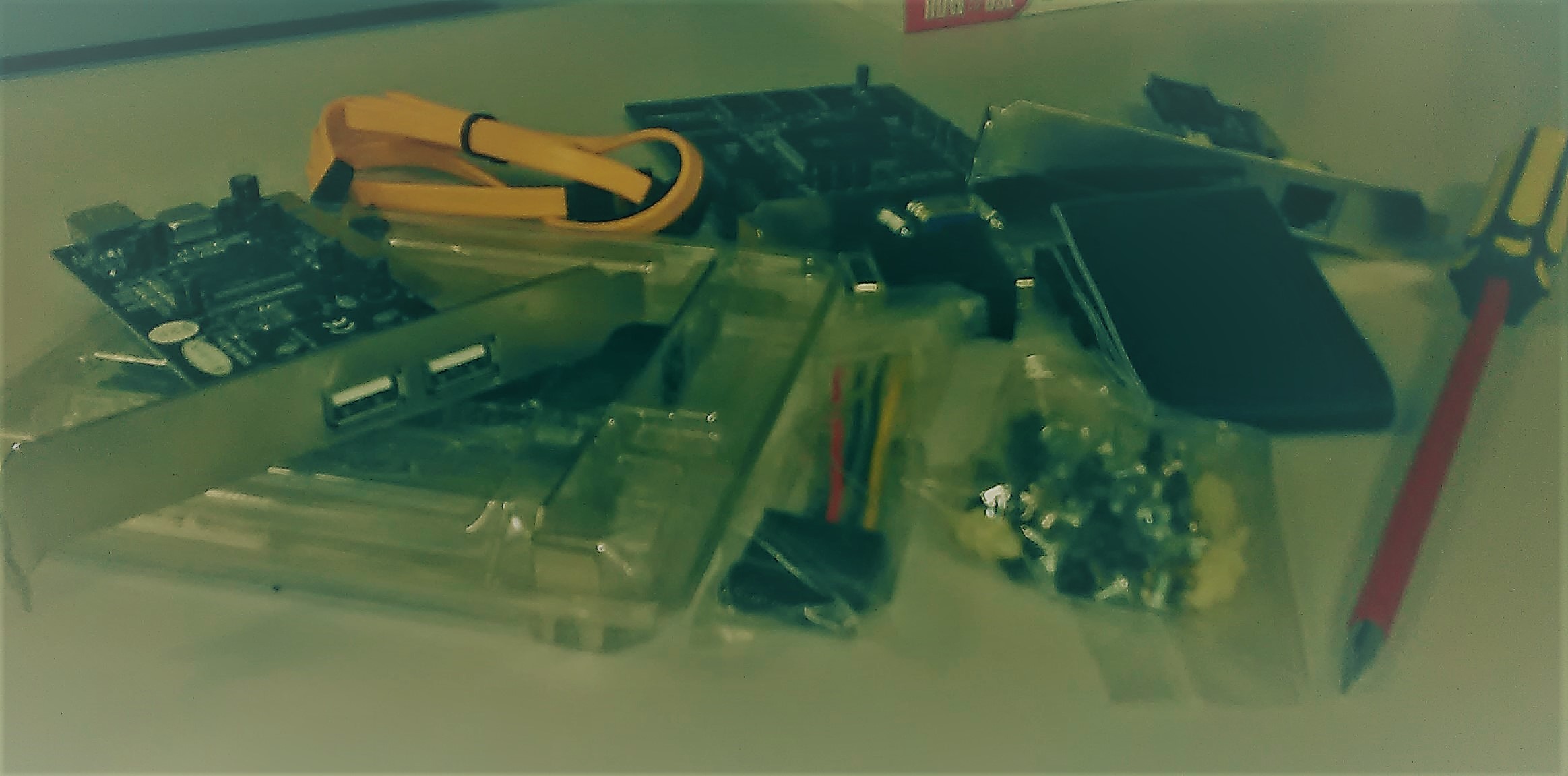Gain and advanced understanding of computer repair - servicing - troubleshooting
The final module in the computer servicing courses, computer servicing 3 will give you the final bits and pieces you will need to apply your skills in in real life and gives information on other areas of IT that you may want to expand your learning into.

Why choose this course?
If you already have a good knowledge of computers and servicing them, this course will take your knowledge to the next level for repairs, servicing and troubleshooting hardware and software related issues.
Would this course suit me?
This course goes into advanced computer repair and would suit you if you were entering a career in IT repair work. If you wish to fix your own computer this course is would be very helpful teaching you the hardware components within a system.